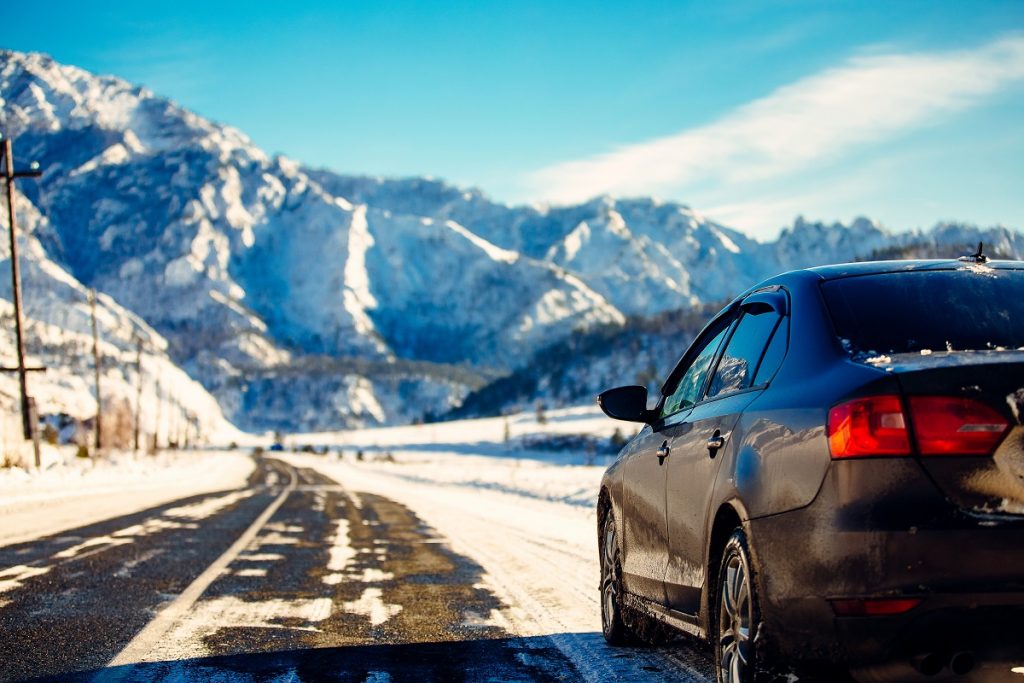You may have lived all your life in a place with Mediterranean-climate and recently relocated. You could also be on your first winter vacation ever, and the prospect of snow has gotten you more excited than you’ve ever been before. Regardless of the reason, if it’s your first time to experience winter, then you should prioritize caution before snowboards and ski resorts.
Winter may be magical, but it also poses some of the worst health hazards you can experience. Frostbites, car accidents, slips, and falls, as well as power outages, can ruin your experience. If you’re intent on making this season as enchanting as you see in the movies, then you best practice these four underrated safety tips when traversing the snowpocalypse.
Make Warmth Your Priority
Winter is so much harsher on people who aren’t accustomed to extremely cold weather. When looking up your options for winter clothing, take extra precaution by getting the thickest coats, sweaters, and pants you can get. Make sure your boots are properly insulated for snow, too, because you don’t want to emerge from a quick ski session with blue toes.
Keeping yourself warm enough means investing in quality brands and materials. Remember that if you’re doing any winter sport, you should use clothes that are appropriate for them like the Arcteryx ski jacket. Men’s clothing can be stylishly layered three to four times to achieve the appropriate level of comfort regardless of activity. Women have more options in this department and will find it easier to remain chic while keeping the cold away.
For both genders, however, the principles of layering remain the same: the base layer should be light and often body-hugging; the second and third layers should help you retain body heat; the final layer should suffice to shield you from the icy wind and snowflakes.
Let Faucets Drip
Are you staying in an Airbnb or a relative’s house? Don’t let winter dampen your comfort by freezing up your pipes. As soon as you settle in, let the faucets drip. This is especially true for pipes that run through the exterior of your house. Any exposed pipe is particularly prone to freezing and even bursting. When that happens, you’ll have to deal with a big mess and possibly no water supply until a plumber fixes them for you.
Letting even a trickle of water drip from your faucets should suffice to keep them from freezing. Take further precaution by insulating exterior and exposed pipes. If it’s too late to run to a hardware store for heat tapes, use newspapers. They’ll give your pipes a certain level of insulation that will keep the cold away.
Get Out of a Snowbank

Winter storms can cause the biggest problems in transportation. Expect that your driveway and your car will be stuck in a snowbank the following morning, so it’s important to learn early how to get out of it. Start with the obvious: dig up the snow blocking your car. Once you’ve removed most of the snow around it and in its immediate path, check exhaust pipes, headlights, and windshield.
Your next task is to ensure that your car has enough traction to keep you safe on the road. It’s not unusual to keep sand, kitty litter, and salt in your car to help achieve this. You’ll also want to turn on the four-wheel drive and use the lowest possible gear. These are the most immediate methods you can do to give your tires enough traction after it’s been stuck in a snowbank for hours and you expect a long road trip ahead of you.
Keep First Aid Kits Handy
Carry first aid kits in your bag and your car at all times. Those who haven’t traversed snow-covered surfaces and icy roads often underestimate the likelihood of accidents. Apart from the essentials of traditional first-aid kits, you’ll want to have winter-ready gear available in your pack, too.
Some of these include a shovel, a battery-powered radio, distress banners, signal reflectors, flashlights, waterproof matches, and a pocket knife. Bring sleeping bags, additional warm clothing, and foods like chocolate, protein bars, and bottled water. It’s not unusual to get stuck in the middle of a snowstorm while on a road trip, and if that happens, you want to be ready to stay warm and hydrated until you can drive again.
When dealing with winter, there’s no such thing as excessive. Stay on the safe side all the time and take additional measures to make yourself as warm and comfortable as possible. Your first time experiencing winter might be harsher than you expect, but with the right preparation, you should still be able to enjoy it.







